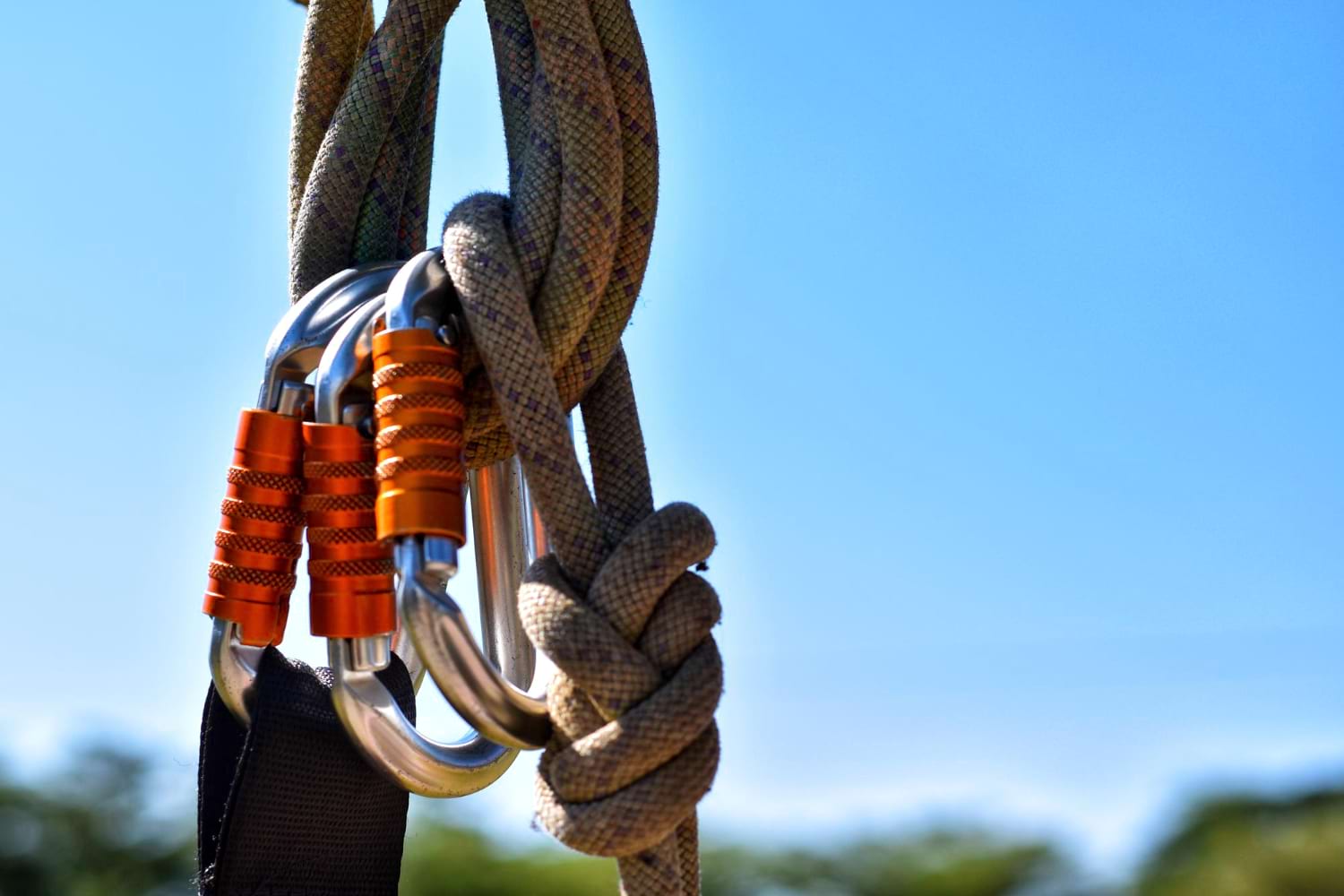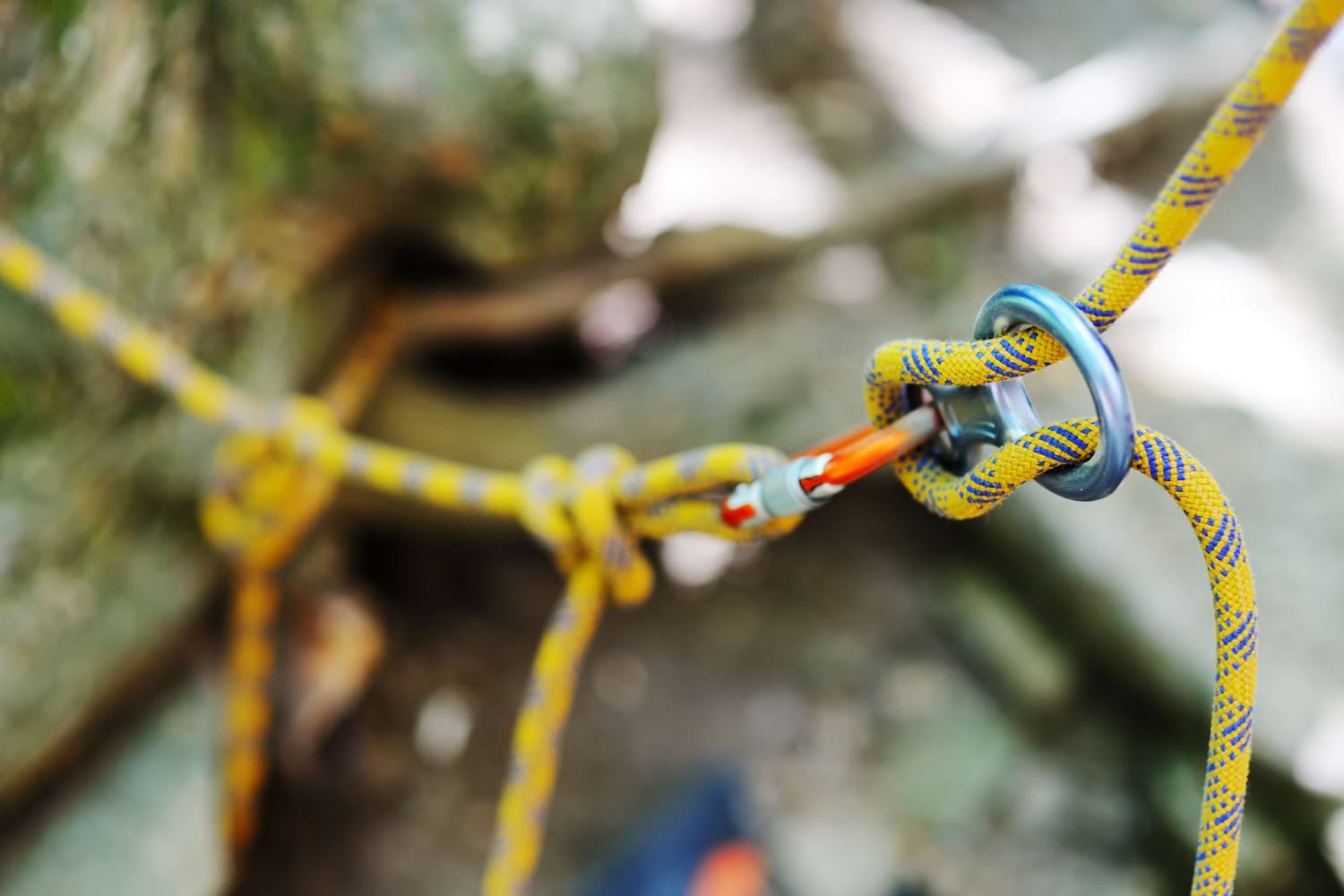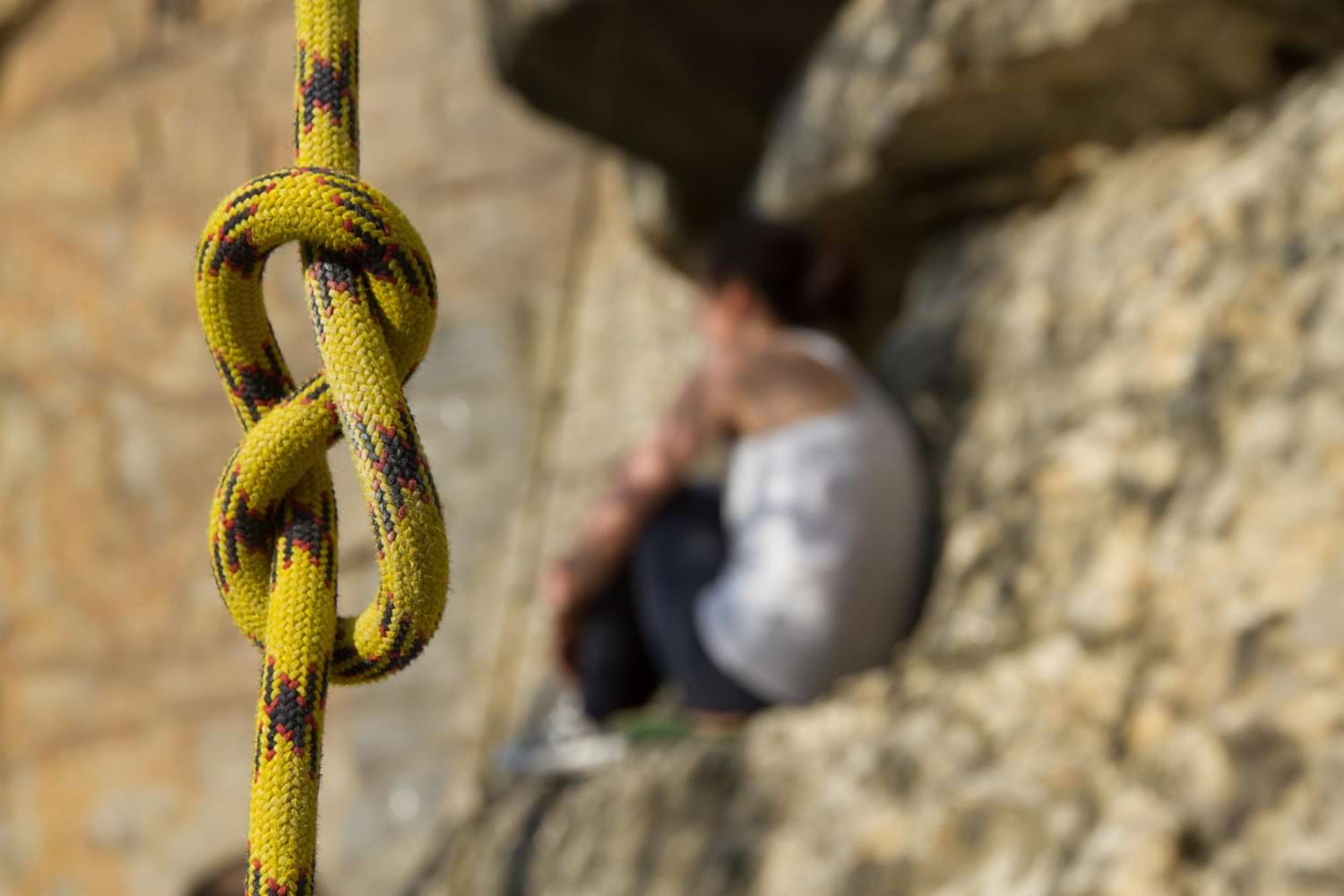The world of mountaineering has evolved dramatically, and rope technology has advanced alongside it. For people entering the sport, the variety of materials and constructions available can be overwhelming. A mountaineer must understand not only rope length and thickness, but also a range of technical specifications that determine how a rope performs under stress, during falls, and in different weather conditions.
Manufacturers invest significant effort in balancing durability, flexibility, safety, and weight. This is why choosing the correct rope is never a random decision but a thoughtful technical choice based on form of ascent, height of a route, and expected external hazards. High-performance climbing ropes are designed to endure tremendous strain, distribute shock energy, and remain manageable even after repeated use, which makes proper selection critical for both safety and comfort.
Types, Construction, and Intended Use
Modern climbing ropes come in several primary categories: single, half, twin, and static. Single ropes are the most common, designed for general sport climbs and suited for users who prefer straightforward handling. Half ropes are used in pairs, ideal for long alpine routes or situations that require better rope management across wandering terrain.
Twin ropes are also used in pairs but clipped into every piece of protection simultaneously, which reduces total load stress but requires excellent handling skill. Static ropes behave differently, designed not to stretch under tension, making them perfect for rappelling, rescue work, or hauling equipment, but unsafe for absorbing the shock of a fall.
Construction itself is typically kernmantle, meaning a strong internal core protected by a braided sheath. Core proportion and sheath proportion significantly influence durability and flexibility: a thicker sheath offers increased abrasion resistance, while a higher core percentage improves strength and elasticity. This interplay of structure and design gives alpinists the ability to choose highly specialized ropes tailored to each adventure.

Key Technical Parameters to Consider
When evaluating climbing ropes, the first specification many climbers examine is the diameter. Thinner ropes are lighter and handle beautifully on long pitches, especially in sport climbing, but thicker ropes provide greater durability for top-roping or frequent high fall loads. Cut value reveals how the rope performs when encountering sharp edges, which is essential in rocky alpine environments.
Number of falls indicates how many standardized test falls the rope can absorb before it is considered unsafe for continued use; this does not reflect real-life performance exactly, but offers a solid engineering metric. Impact force measures how much energy is transferred to a climber during a fall, and lower numbers translate into softer, safer landings. Static elongation and dynamic elongation reflect how much a rope stretches under sustained weight or sudden acceleration, respectively.

Certification, Safety Standards, and Responsible Use
Many newcomers do not realize how thoroughly climbing ropes are regulated. Before being sold to consumers, ropes undergo rigorous testing and certification through organizations such as the UIAA or EN. These standards guarantee a minimum resilience to falls, abrasion, moisture exposure, and knot handling. A certified rope delivers confidence under pressure, yet certification does not replace proper maintenance.
Rope care – such as avoiding chemical contamination, washing with specialized rope cleaner, allowing proper drying, and storing away from sunlight – is essential for long service life. Retiring a rope at the correct moment is equally important, even when visible damage is minimal. Seasoned climbers often track usage history and environmental exposure to know when a rope has reached the end of its reliable lifespan. Responsible climbers understand that safety is not just about choosing strong gear, but about preserving performance over time.
The engineering behind climbing ropes represents decades of refinements intended to make bold human movement through vertical spaces safer, smoother, and more controlled. Every technical specification, from impact force to static elongation, serves a distinct role in protecting climbers when gravity intervenes. Far beyond a simple piece of cord, a rope becomes a lifeline, a tool of trust, and a companion on unpredictable journeys. With correct selection, care, and respect for certification standards, a climber can ensure that the rope acts not merely as equipment, but as a dependable extension of expertise and judgment.

